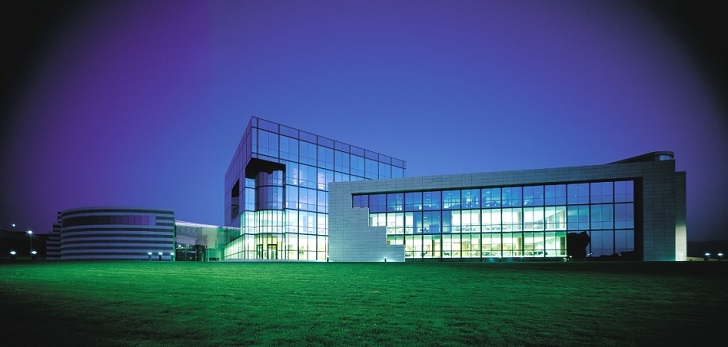Inditex fights back analyst’s doubts with best quarter since 2017
In the quarter ended July 31, profit rose nearly 10%. Margin was the only blot in Inditex’s second-quarter report.

While doubts over fashion retail increase and just months away from the deadline Inditex gave itself to leave its brick-dependence behind and fully embrace the online channel, the owner of Zara has just disclosed the best quarterly results since 2017. Both its sales and its benefit have also risen more than its rivals’. Gross margin remains as the only blot in Inditex’s report.
The group closed its first half with sales up 7% and profit up 10%, leaving far behind its main competitor, H&M. The Swedish group shrank its profit 10.4% between December and May, while its sales rose 10.6%.
Inditex second quarter results make that gap even bigger. In the quarter ended July 31, the company increased its sales 8.19%, reaching 6.9 billion euros, way ahead of the 4.8% rise in the first quarter.
The last time Inditex grew this much in a quarter was in the first three months of fiscal year 2017, when the figure reached 9.24%. Net profit has evolved in a similar manner. Profit for the second quarter increased 9.99%, similar to the 9.9% of the first quarter. Again, the best results since the first quarter of 2017. That period, Inditex profit grew 18.05%, a figure that’s far from having being repeated since then.
While H&M quarters are not comparable, since it’s fiscal year ends in November, Gap’s fiscal year is the same as Inditex. In the second quarter, Gap’s sales fell 1.96%, while its profit plummeted 43.43%.
Margin bump
However, the one indicator that all of the sector is carefully analysing, gross margin, has evolved negatively in the second quarter. Inditex gross margin stood at 54.4% in the second quarter, while in the previous period it reached 59.4%, after three consecutive quarters increasing. Inditex profitability has also fallen compared to the second quarter of 2018, when it stood at 54.7%, and with the same period of 2017, when it was 54.8%.
This year, in the quarter ended July, Inditex gross margin reached 7.3 billion euros, up 7%, standing at 56.8% of sales, twelve basis points more than in the second quarter of 2018. Meanwhile, H&M gross margin for the second quarter was 55% (versus 50% in the first quarter), and Gap’s was 68.9% (up from 36.3%).
Online integration
Inditex has scheduled 2020 as its deadline for fulfilling its online integration. Next year, the company will sell online worldwide, so it’ll be selling in more countries via e-commerce than with stores. The company has being setting up new technologies over the last fiscal years, while it has also being adjusting its brick.
The owner of Zara ended the second quarter with 27 net closures, having 7.42 billion stores in 96 markets. In 92 of the it also has launched its e-commerce platform. The company has also worldwide stores of Zara, Zara, Home, Massimo Dutti, Pull&Bear, Stradivarius, Oysho and Uterqüe to reach 106 markets where it has no physical presence. Bershka will follow this month.
Rfid roll-out is the cornerstone of Inditex’s digital strategy. Radio frequency identification is already working in Zara, Massimo Dutti and Uterqüe and will be implemented in all of the concepts of the group in 2020. That year, Inditex will put the cup on the stock integration, that will consolidate the merchandise in store with that in the 33 so-called stockrooms, a sort of warehouses dedicated only to online sales.


info@themds.com
Validation policy for comments:
MDS does not perform prior verification for the publication of comments. However, to prevent anonymous comments from affecting the rights of third parties without the ability to reply, all comments require a valid email address, which won’t be visible or shared.
Enter your name and email address to be able to comment on this news: once you click on the link you will find within your verification email, your comment will be published.